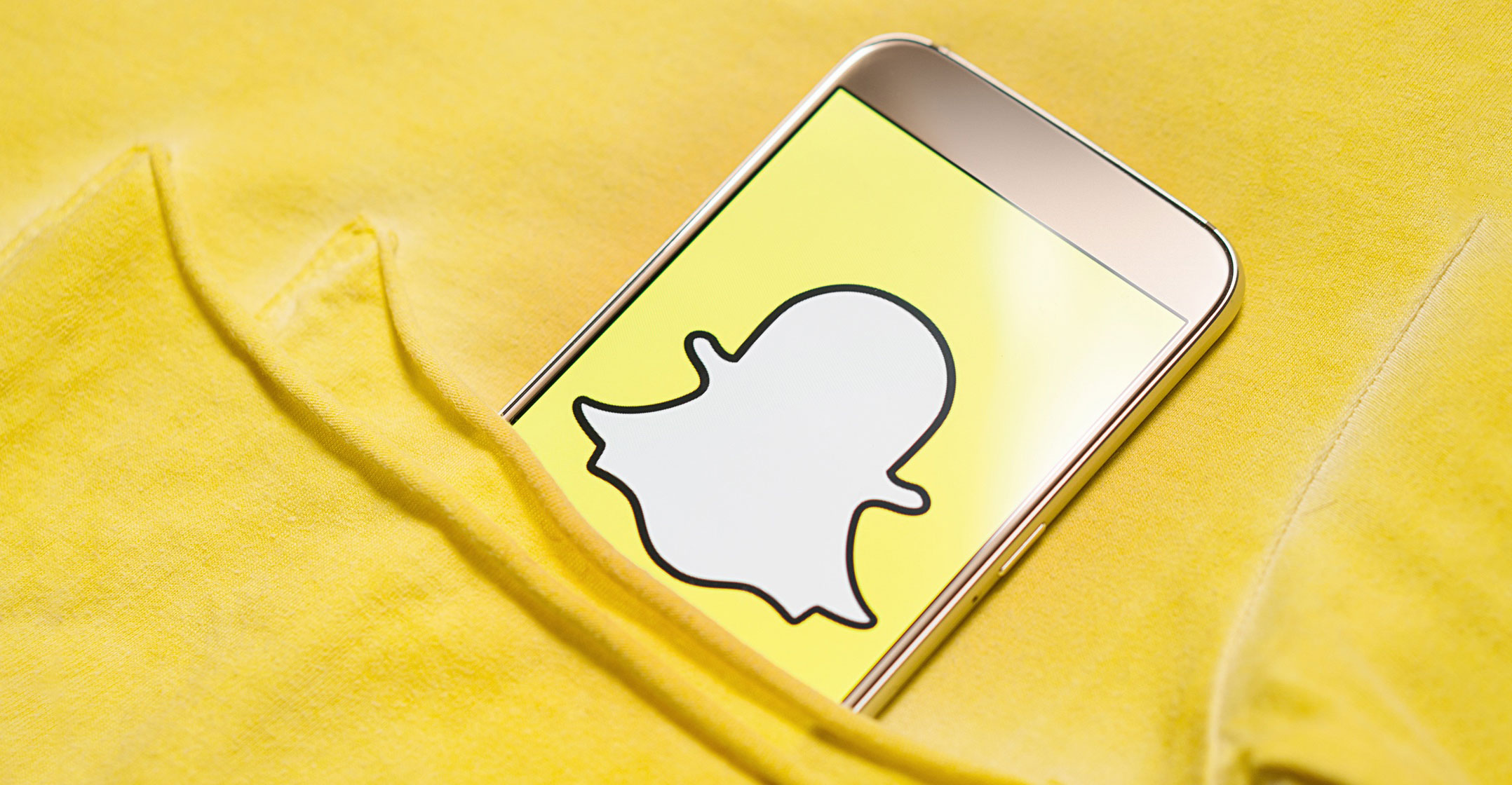
Snap still isn’t meeting much-lowered projections for growth. Now the company is taking drastic measures to shape its future.
While ad prices fell as part of a transition in the company’s sales system, the larger problem, Snap said, is that people complain they don’t know how to use the Snapchat mobile messaging app. Once part of the app’s allure for teens, the company now considers its mystery a hurdle to future growth. So Snapchat is being redesigned.
“There is a strong likelihood that the redesign of our application will be disruptive to our business in the short term, and we don’t yet know how the behaviour of our community will change when they begin to use our updated application,” CEO Evan Spiegel said on Tuesday in his prepared remarks to investors. “We’re willing to take that risk for what we believe are substantial long-term benefits to our business.”
As a part of the overhaul, Snapchat is building an algorithm to show people a personalised version of the stories they might want to see. Spiegel didn’t give many details, except to say that the intimate nature of Snapchat — conversations between close friends — would be preserved, even as it becomes easier for those users to see content from those who aren’t their friends. The move would help Snap and its media partners make more money from ads on curated content.
Snap said third-quarter revenue was US$207.9m, falling short of the $235.5m analysts predicted. Daily users averaged 178m, less than the 180.5m estimate of analysts surveyed by Bloomberg. Shares tumbled as much as 22% in extended trading, before recovering to trade down 17%.
Sales estimates for Snap have been declining since its March initial public offering. The Los Angeles-based company is working to prove it can build a successful business and keep adding users at a healthy pace, no matter what Facebook does to copy its most popular features. Snapchat, which lets people send photo and video messages that disappear, is also competing in an advertising market where Facebook and Google nab the majority of new spending.
Share price woes
The shares have dropped more than 10% since the IPO amid concern about slowing user growth and questions about the company’s advertising business. Spiegel, who prefers to be secretive about his plans, said last month he realised he needs to communicate his strategy more clearly. If he can do that, quarterly results matter less, said Brian Wieser, an analyst at Pivotal Research.
“What really matters is what gives us some confidence in the long-term revenue opportunity,” Wieser said. “The more they tell us to help us understand the business, the happier their investors will be.”
Snap’s shares fell to a low of $11.78 in extended trading after closing at $15.12 in New York. The company went public at $17/share. Disappointing results since the IPO have caused optimism to wane. Analysts six months ago thought Snap could generate more than $1bn in revenue this year. Now, they expect $871.3m.

The net loss in the third quarter widened to $443.2m, or $0.36/share. Excluding certain items, the loss was $0.14/share, in line with an average analyst estimate of $0.15.
The after-market stock decline wiped out about $1bn from the combined net worth of co-founders Spiegel and Bobby Murphy, leaving both with a net worth of about $2.6bn, according to data compiled by the Bloomberg Billionaires Index.
It has taken some time for advertisers to understand how Snapchat works. The company’s sales force has had to explain that it doesn’t operate like a social network — there is no sharing, liking or commenting on people’s posts, and no news feed. The content from friends is displayed separately from professionally produced news from media organisations such as CNN and ESPN, where Snap shares revenue on ads. Snap also makes money off branded ways people can edit their photos — turning their faces into animated Taco Bell tacos, for example, before sending them to friends.
Snap said the price per ad fell $0.60 as part of a transition to an auction-based ad-selling system — something the company said will be fixed over time as more advertisers bid. Some marketers still consider Snap an experiment. The company’s self-service advertising system has made spending there easier, with 80% of ad impressions now delivered through the system, even if it caused prices to fall.
“The speed of this transition surpassed our expectations, but has dramatically reduced pricing as advertisers move from direct sales to our unreserved auction,” Spiegel said in his remarks.
Snap’s business model depends on its product being unique and interesting enough that users spend more time on the app, and in turn have more opportunities to view advertising. The company has dissuaded investors from focusing solely on its daily active user number, telling them instead to monitor the quality of users and how engrossed they are. Snap says its users can be more valuable because they’re mostly situated in developed markets, with more mature advertising environments.
The Facebook problem
Meanwhile, Facebook has been taking some of Snap’s stickiest product ideas, and replicating them. Snap has a way for people to submit videos throughout their day to create “stories” of their lives, which disappear 24 hours after they’re posted. Facebook’s similar product for Instagram, also called “stories”, and for WhatsApp, called “status”, each have more than 300m daily active users, Facebook said last week.
Snapchat is going to be a little more like Instagram in one respect: the company will start to share ad revenue with popular creators on its app, much like Instagram does with its influencers, Snap said in its prepared remarks.
Snap has branded itself a “camera company”, with the Snapchat app one of many ways it will help people interact with their environment through cameras. Another business arm, Spectacles, hasn’t fared well. The hardware, sunglasses that could film people’s experiences, achieved a lot of buzz when first launched, so much so that Snap ordered too many. Now, the company said it’s taking a $39.9m write-down on all the inventory the company is unlikely to sell. — Reported by Sarah Frier, with assistance from Tom Metcalf, (c) 2017 Bloomberg LP




